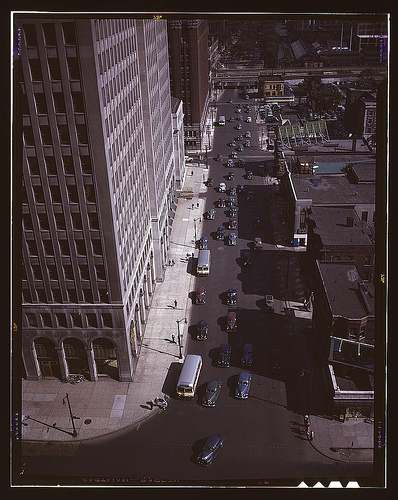 I remember my surprise the day a traffic summons arrived in my mailbox, illustrated with the close-up and pixilated images of my car and license plate that were supposed to prove exactly how and where I had led my car astray. As someone interested in visual culture, I was amused by the little fuzzy pictures, at first. Then I thought about fighting the ticket—pictures do lie sometimes—but didn’t. But in the weeks that followed, I found myself looking around for surveillance cameras in or near intersections, whenever I came to a stop. It turns out that around that where I live, there are lots of them. Soon, there’ll be more. States and cities across the country—under pressure to generate revenue and enforce traffic laws with fewer cops on the beat—are installing more red-light cameras at intersections to collect evidence of cars that don’t stop when they should. Ever wonder how red-light cameras work, what they cost, or how much money they raise? What’s the most profitable day of the week? A recent article in the Chicago Tribune reveals ten interesting facts about the increasingly profitable intersection of photography and traffic.
I remember my surprise the day a traffic summons arrived in my mailbox, illustrated with the close-up and pixilated images of my car and license plate that were supposed to prove exactly how and where I had led my car astray. As someone interested in visual culture, I was amused by the little fuzzy pictures, at first. Then I thought about fighting the ticket—pictures do lie sometimes—but didn’t. But in the weeks that followed, I found myself looking around for surveillance cameras in or near intersections, whenever I came to a stop. It turns out that around that where I live, there are lots of them. Soon, there’ll be more. States and cities across the country—under pressure to generate revenue and enforce traffic laws with fewer cops on the beat—are installing more red-light cameras at intersections to collect evidence of cars that don’t stop when they should. Ever wonder how red-light cameras work, what they cost, or how much money they raise? What’s the most profitable day of the week? A recent article in the Chicago Tribune reveals ten interesting facts about the increasingly profitable intersection of photography and traffic.
Produced by the Smithsonian Institution Archives. For copyright questions, please see the Terms of Use.

Leave a Comment